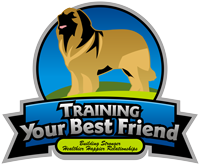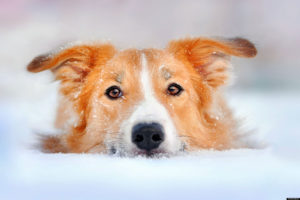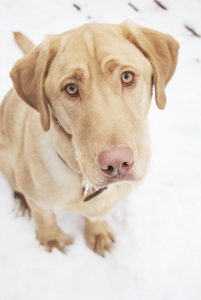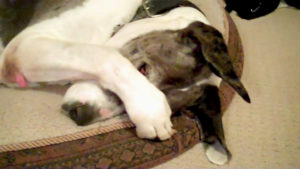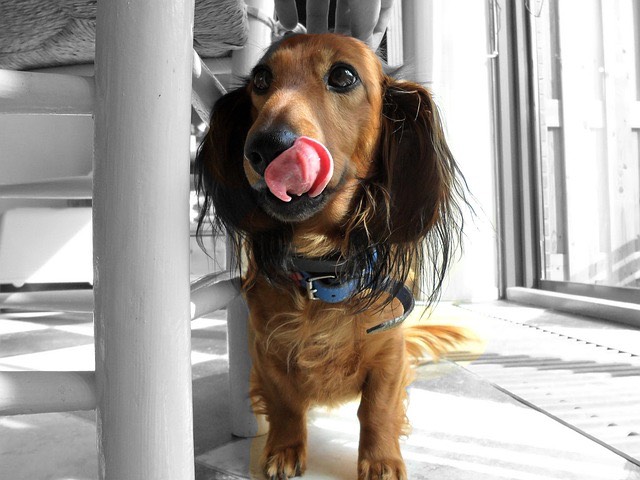
Why Nosework Works
In its early years Nosework was recognized as the sport of choice for shy or reactive dogs. In many ways it was the go to sport when other sports were out of reach. Times are changing… now it’s “the thing” to start with a puppy. I myself will be choosing my next dog / puppy based on his olfactory potential. The sport is becoming main stream and the non-reactive parking spots heavily outweigh the reactive parking spots at trials.
But why is Nosework still so wonderful for those fragile dogs? What is so magical about this sport?
Have you ever tried patting your head while you rub your stomach? Try it. Right now. Now switch hands. Hard isn’t it? Instead of thinking about the coordination this took, think about what you DIDN’T do. You didn’t think about that conversation you had with a coworker that didn’t go well or what you were going to make for supper. You didn’t think about a messy house or bills you have to pay. You had to FOCUS.
As an organism with a brain, we are only really capable of so many neurons firing at once. When we FOCUS, those neurons fire for a singular purpose. When a dog does Nosework, his olfactory lobe, located near the frontal lobe, takes over and focuses on the task at hand, essentially rendering the rest of the world less important. When the dog’s concerns melt away he is open to developing a positive Conditioned Emotional Response (CER). A positive CER is really the only weapon against an amygdala hijack. Meaning when a reactive or fearful dog gets a dose of adrenaline, the basic part of the brain that doesn’t deal with complex thought, takes over. One of the focuses that a behavior specialist might take with a reactive or a fearful dog is to change the dog’s CER while the dog remains under threshold. Nosework accomplishes the same thing in a different manner.

Nosework requires that a dog work in an entirely novel environment with only seconds to acclimate. We don’t ask this of Obedience or Agility dogs yet we ask this of Nosework dogs and they consistently rise to the challenge. In fact with my own dog I’ve noticed that novel environments actually bring out his drive. It seems counter intuitive doesn’t it?
In Nosework, the dog becomes focused on odor. He knows immediately upon entering a search area that odor is present. Through training and conditioning (regardless of the initial training method), the dog has learned that searching for odor is both fun and rewarding. Because a dog truly lives through his nose, his focus shifts to odor. The scary environment melts away. He is now focused and opened to developing a positive CER. After repeated training sessions, scary environments become moot.
So this raises the question, why is searching for odor SO rewarding that it drowns out scary stimuli and focuses the dog? The answer is Hunt Drive. It’s a primal drive that all dogs posses and a drive that has been cultivated since before dogs were dogs. Dogs love the hunt. They love to search. This drive is different from Prey Drive which is not typically a part of Nosework. Hunt Drive is the search and find drive, not the kill drive. In Nosework, we capitalize on the Hunt Drive. This is one reason why dogs of all shapes and sizes LOVE this sport.

When Hunt Drive engages, the dog becomes FOCUSED. Now picture this focus in a scary environment like a gymnasium with slick floors or concession area of a ballpark with lots of strange scents. With the dog who has been properly trained to love Nosework, Hunt Drive takes over and the search will be successful. At the end, the dog has successfully navigated and searched a location that would be too scary to work in otherwise. With repeated exposure, these scary situations seem a lot less scary to the dog because the dog has developed a positive CER.
Through Nosework, the fearful or reactive dog may in fact become confident enough to compete in other sports where Hunt Drive is not engaged. My own Labrador Judd is a dog that I’ve called my Fragile Little Flower. Pre-Nosework we struggled in new environments due to his fears and environmental tendencies. I’d like to share a little compilation that I made of him this past year, post-Nosework, of his level of engagement at a very large 4 day conference with about 80 dogs and just under 200 people. He was engaged and happy for the entire conference and Denise Fenzi herself said, “He’s a different dog. I can’t even reconcile it in my mind.” This isn’t a Nosework video… this is a video of a happy dog in front of a large audience doing engagement work and some basic obedience. This is a dog who has developed confidence through Nosework to the point now where I think Obedience competition may actually be in his future!

